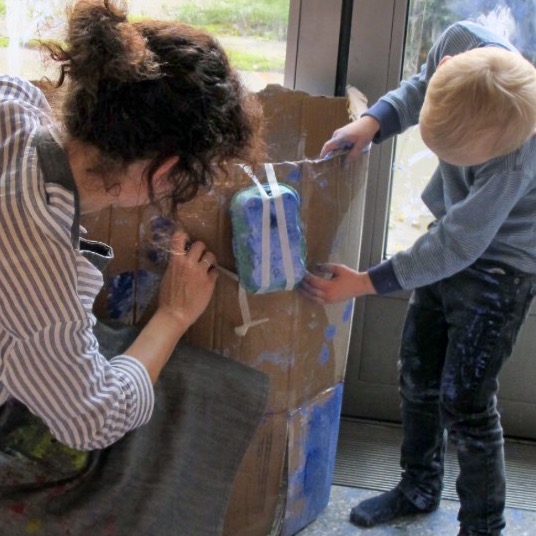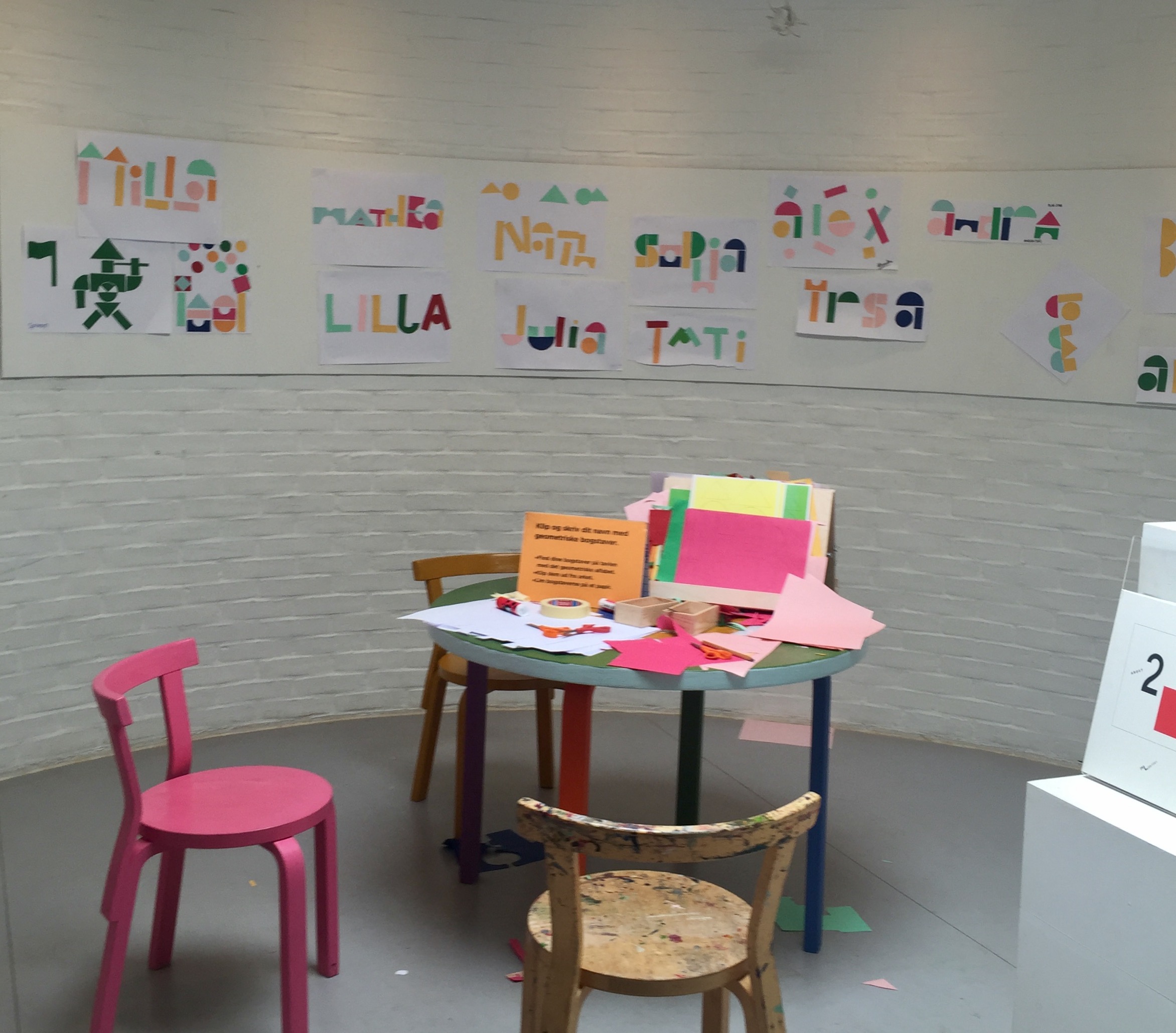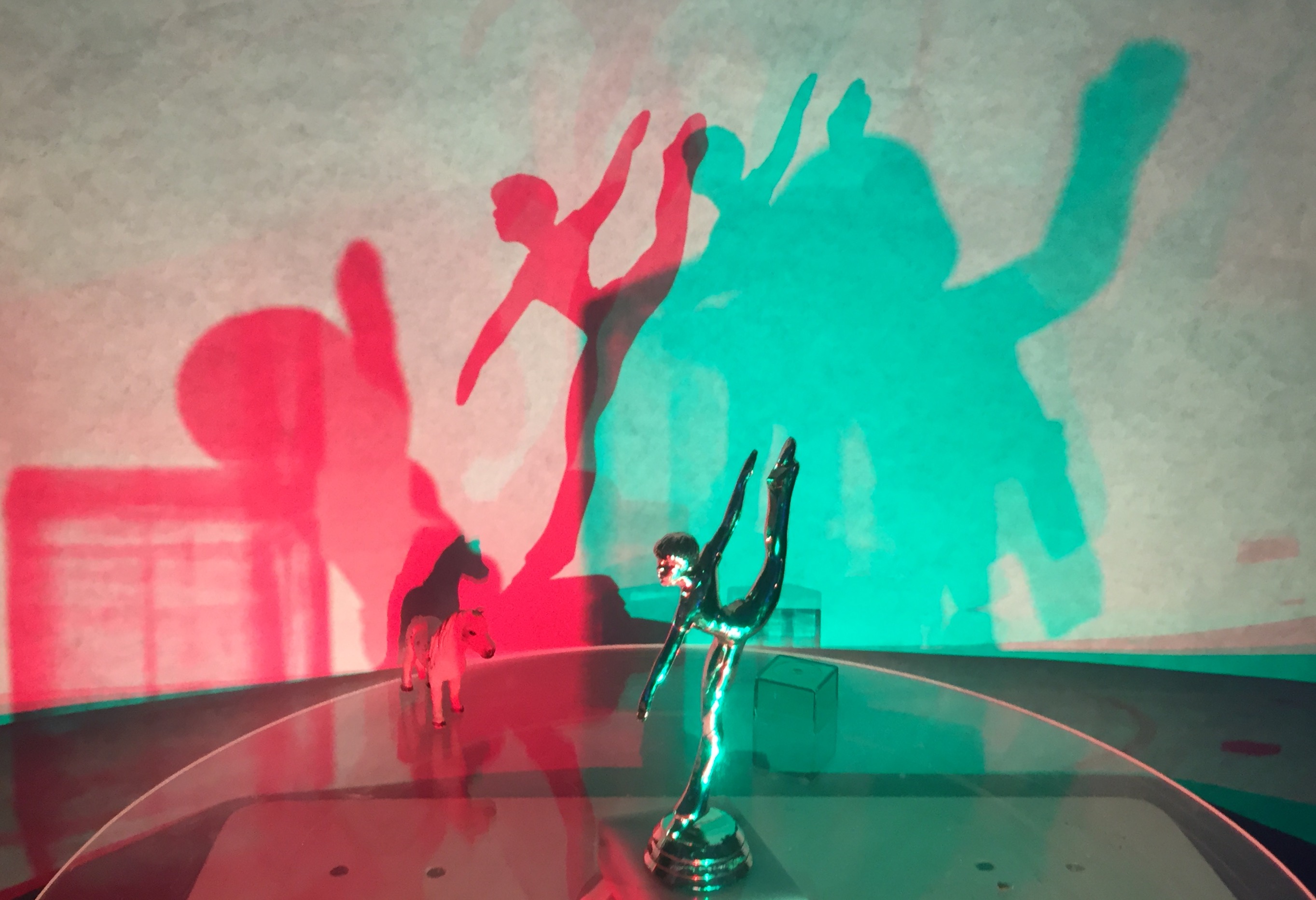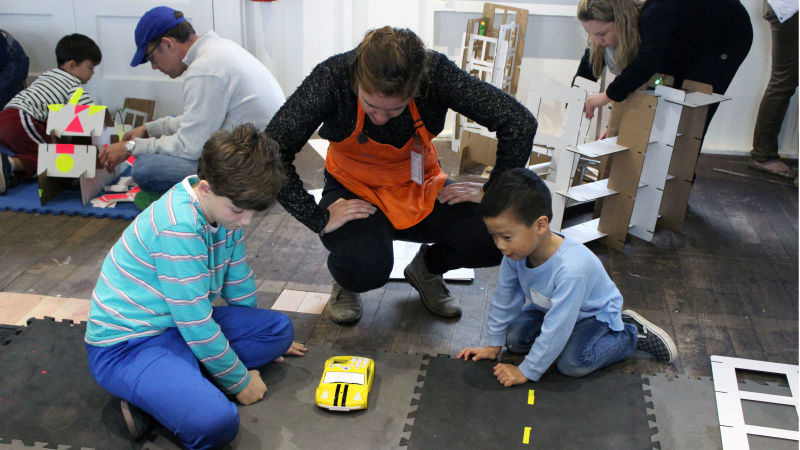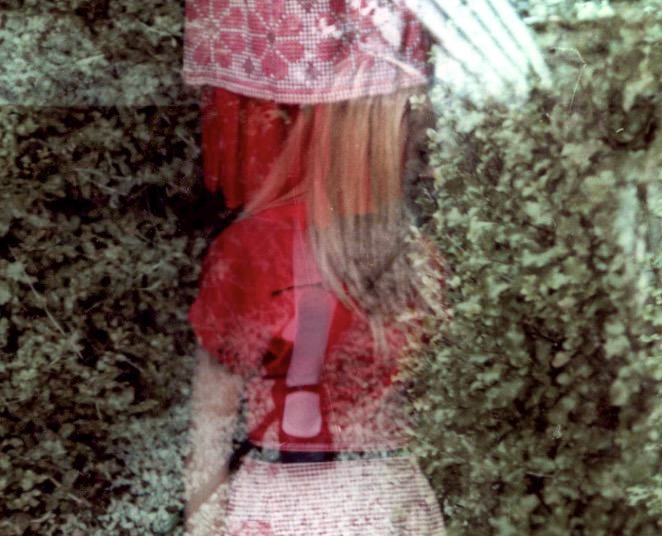Over the next month, I am going to have a go at writing a handful of posts on techniques for facilitating young children’s creative learning with and through art. Each post will include a description of a technique in addition to how and when it may be useful. These should not be seen as all-conclusive but more as different options to experiment with. Facilitation To facilitate means to make something easier (Collins Dictionary online, 2017). In an education setting, this does not mean to lower the standard for learning but rather support an individual’s ability to make connections and thinking critically about learning processes (Mac Naughton & Williams, 2009). Facilitation may take many forms such as questioning, suggesting, modelling and giving feedback as well as non-human interventions such as the layout of materials or the arrangement of artworks. A facilitator – whether that be a parent, a peer, a resource, an art tool or a material…
The Children’s Wing at the Louisiana Museum of Modern Art, Denmark
This post shares my thoughts on the children’s wing at the Louisiana Museum of Modern Art in Denmark. Last month I visited another, the awesome Children’s Wing at the Louisiana Museum of Modern Art in Humlebæk, Denmark. I had heard numerous colleagues talk about the space and was excited to finally have the opportunity to go myself. The Children’s Wing opened in 1994 and is made up of a three-story space purpose-built space especially for children. Whilst I was there I met with one of the artist-educators working on the programme who discussed the team’s approach. The aim of the activities is to encourage children to explore the notion that ‘small-scale experimentation with materials and ideas are the foundations of artworks displayed throughout the gallery.’ Underscoring this premise is an understanding that through encouraging children’s exploration of materials and artistic processes, they will gain a sense of curiosity around the art featured in the gallery spaces. The Wing consists…
The Tinkering Studio at the Exploratorium in San Francisco, USA.
This post features a reflection on my visit to the Tinkering Studio at The Exploratorium in San Francisco, USA with a focus upon what art galleries can learn from the Studio’s approach to constructing immersive creative environments for children based on experiential learning and play. In August 2015 I participated in a ScratchJr/Light Play prototyping session between the MIT Media Lab’s Lifelong Kindergarten group and the Tinkering Studio team at The Exploratorium. The Tinkering Studio, which opened in 2008, is a research and design laboratory housed inside the Exploratorium, a museum devoted to the intersection of art, science and technology. The Studio is an “immersive, active, creative place” [2] for experimentation, investigation, making and hands-on play for all ages. Scientists, artists, programmers and academics frequently take up residence in the studio, working alongside the Tinkering Studio team to create new installations, run programmes and run public forums. I have closely followed the progression of the Tinkering Studio’s programme for…
Early Years Fab Lab at The Bay Area Discovery Museum, California
“People need ‘tools’ that empower them to work independently, they need these tools and technology to make the most of the energy and imagination each has… society needs to project individual skills and voices, people need to move, to think and have the means to communicate with one another. People cannot make everything for themselves, they need to collaborate and share in a community for it to function.’ Ivan Illich, Tools for Conviviality (1973). This post features an interview with Elizabeth Rood, Vice President of Education Strategy and Director of the Centre for Childhood Creativity at the Bay Area Discovery Museum in Sausalito, California in which she discusses the timeliness, importance and challenges of developing the world’s first early years Fab Lab. “We want to shift the way that people think about learning so it is not only based on transmission and close-ended answers. Instead we want to create a rich environment that promotes…
Experimenting and learning through images
In this post I talk about my photographic art practice and how this has allowed me to produce new relationships between myself, other people and the world. I then discuss the role of visual images in artistic experimentation and how this interconnects with the use of visual imagery in pedagogical documentation or inquiry-led learning practices in early childhood education. Experimention and learning through images has been a huge part of my life for as long as I can remember. Since I was first taught photography at school (thank you Georgina Campbell) I have experimented with a myriad of photographic processes including medium format cameras, scanners and digital photography. My photos have focused on the relationship between landscape and the subject matter’s psychological world. Creating and thinking through images has allowed me to experience things and learn in a way that could not be done with words. Learning new artistic skills, techniques and concepts…
2015 Engage Conference: Young people working with art and artists
Late last year I attended and presented at the 2015 ‘Engage’ conference in Glasgow, Scotland. The conference theme was focused on young people’s programs and partnerships with art galleries. You can read my reflections from the conference on the Centre for Research in Arts, Creativity and Literacies blog here.


